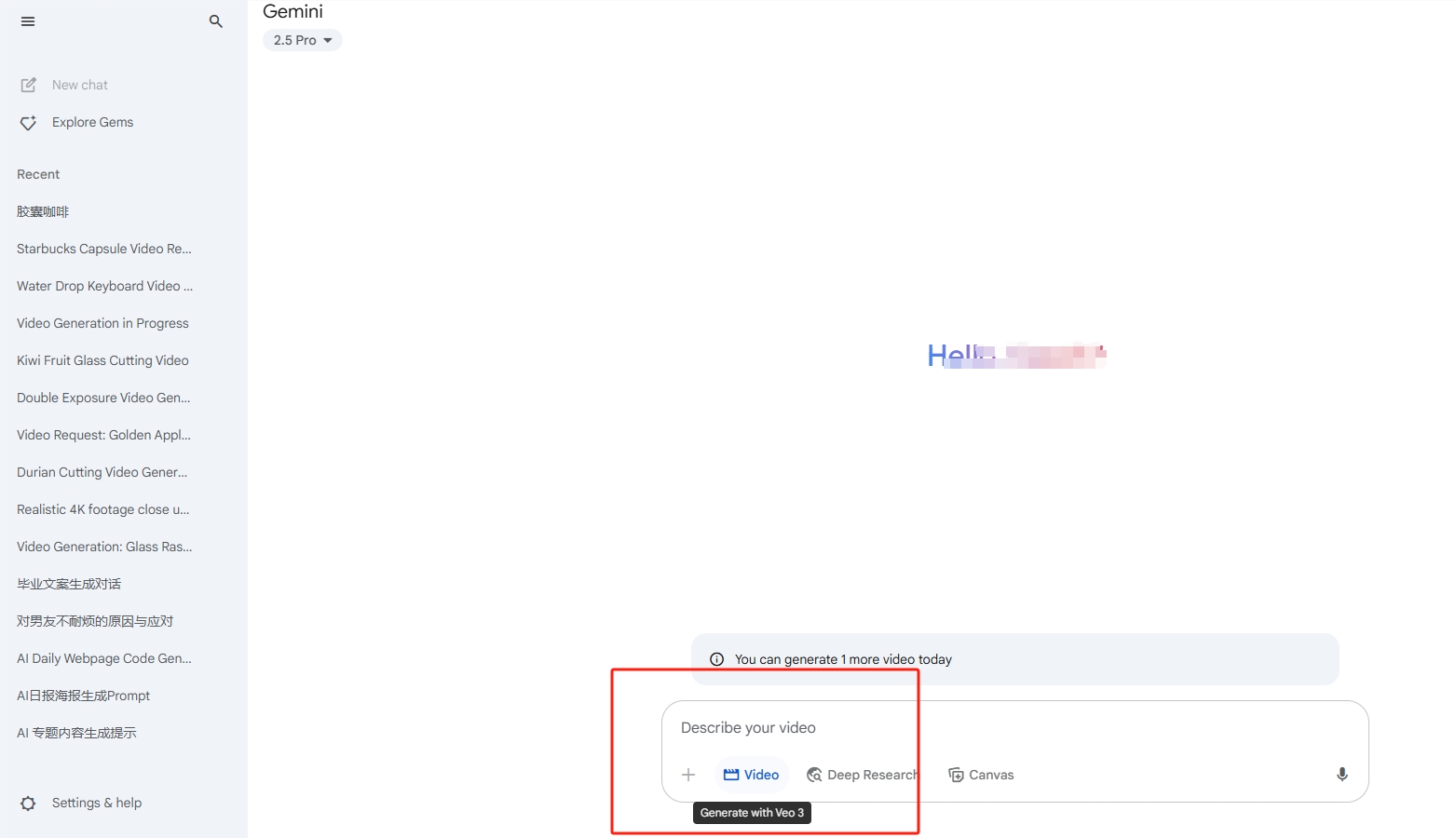Google's latest sustainability report reveals a startling fact: the company's data center electricity consumption more than doubled in just four years, rising from 14.4 million megawatt-hours in 2020 to 30.8 million megawatt-hours in 2024. If the timeline is extended to ten years, compared to an estimated 4 million megawatt-hours in 2014, Google's data center electricity consumption has increased sevenfold.
Surging Power Demand: Data Centers Become Major Energy Consumers, Efficiency Gains Hit a Bottleneck
Data shows that Google's power issues are almost entirely concentrated in its data centers. In 2024, data centers accounted for an astonishing 95.8% of Google's total corporate power budget. While Google has been committed to improving the energy efficiency (PUE) of its data centers and is widely recognized as an industry leader, the rate of efficiency improvements has significantly slowed as PUE values approach the theoretical ideal of 1.0. Last year, Google's overall PUE dropped to 1.09, improving by only 0.01 compared to 2023, and by just 0.02 compared to ten years ago.

Meeting the Carbon-Free Commitment: Google Invests Heavily in Geothermal, Nuclear, and Renewable Energy
Facing continuously rising electricity demand and its commitment to "powering operations with carbon-free electricity only," Google is actively investing in diversified clean energy solutions.
Geothermal Energy: Google invested in geothermal startup Fervo Energy, recognizing the potential of geothermal power to provide continuous electricity unaffected by weather conditions.
Nuclear Energy: Google recently announced an investment in Commonwealth Fusion Systems and plans to purchase 200 megawatts of electricity from its Arc power plant, which is expected to start operating in the early 2030s. Additionally, Google has committed to purchasing 500 megawatts of electricity from small modular reactor startup Kairos Power, although these nuclear transactions will take several years to deliver.
Renewable Energy: Google continues to make large investments in renewable energy. In May this year, Google purchased 600 megawatts of solar power capacity in South Carolina; in January this year, it also purchased 700 megawatts of solar power capacity in Oklahoma. The company also stated that by 2024, it will invest $20 billion with Intersect Power and TPG Rise Climate to build gigawatt-scale carbon-free power plants.
Michael Treleven, Google's senior director of energy, said that achieving the goal of 100% annual carbon matching is not the end, but rather the ultimate goal of providing carbon-free energy around the clock at any location where it operates.
Significant Regional Challenges: Large Disparities in Global Carbon-Free Electricity Usage
Although Google has signed contracts for enough renewable energy to meet its total consumption, these sources are not always available when and where needed. Currently, about 66% of the electricity used by Google's global data centers (on an hourly basis) comes from carbon-free sources. However, this average masks significant regional differences: the carbon-free electricity usage rate in Latin American data centers reaches as high as 92%, while in Middle Eastern and African data centers it is only 5%.
Treleven pointed out that these regional challenges have prompted Google to invest in stable, carbon-free energy technologies such as nuclear fission and fusion, in hopes of ultimately achieving its ambitious carbon-free energy goals.










